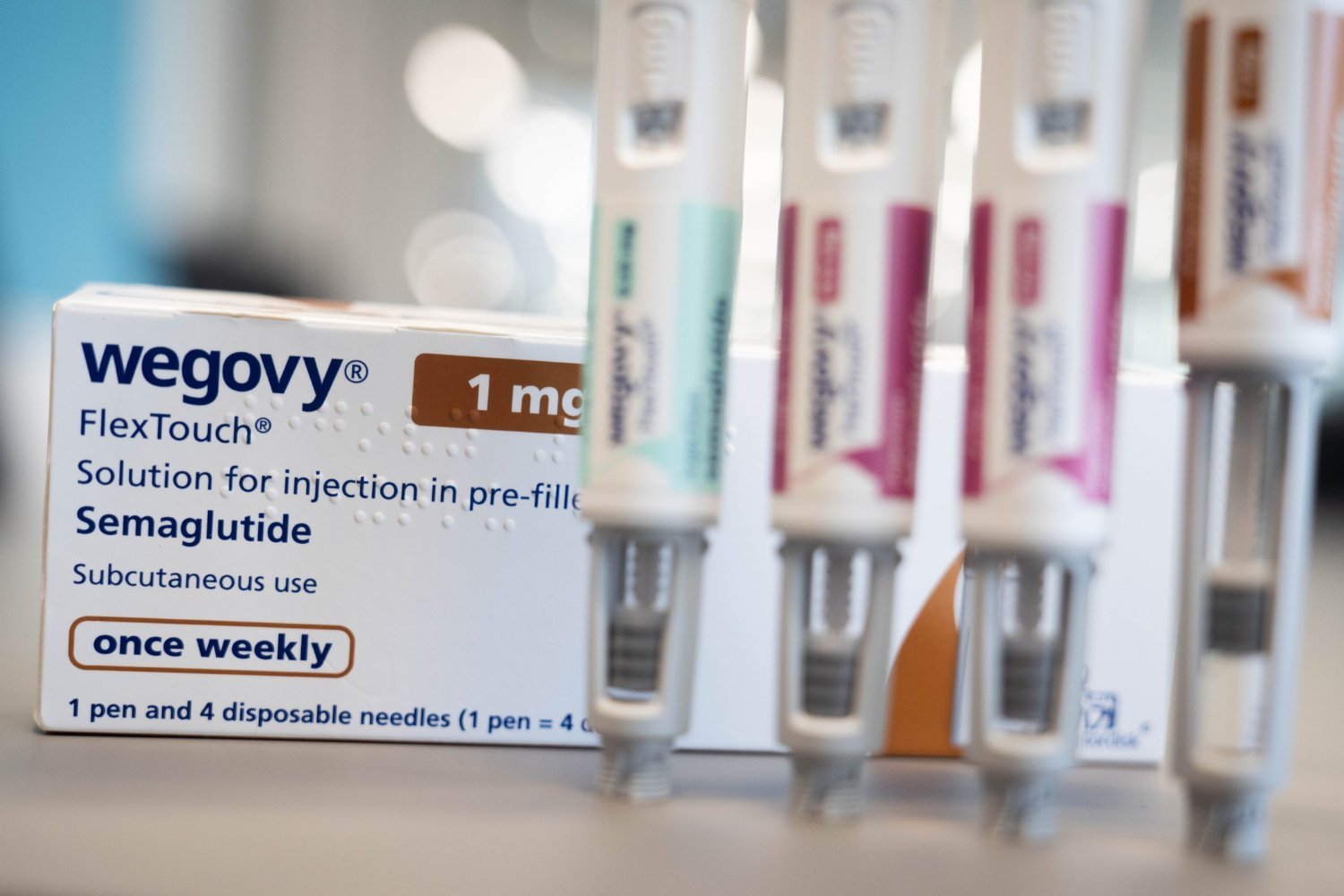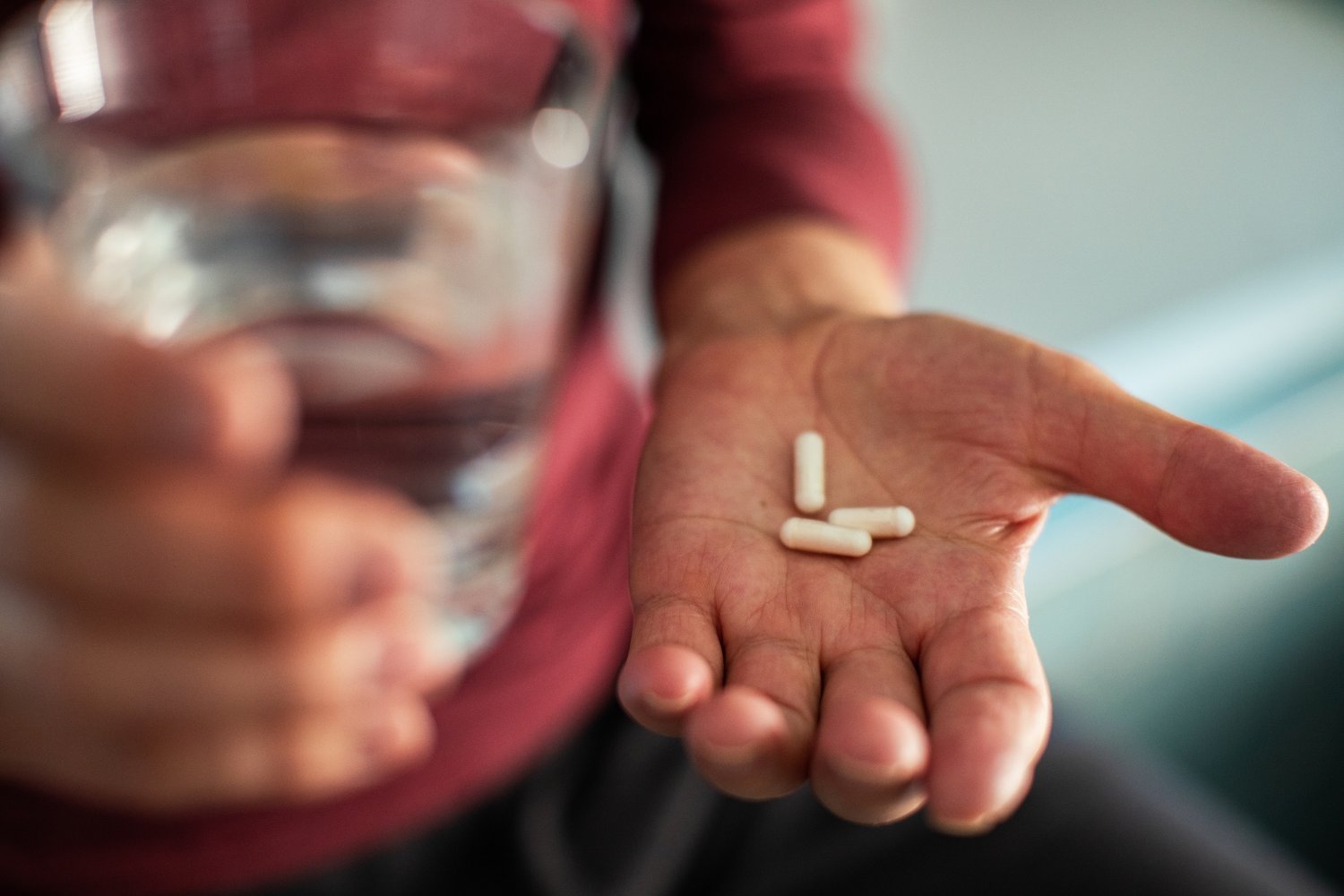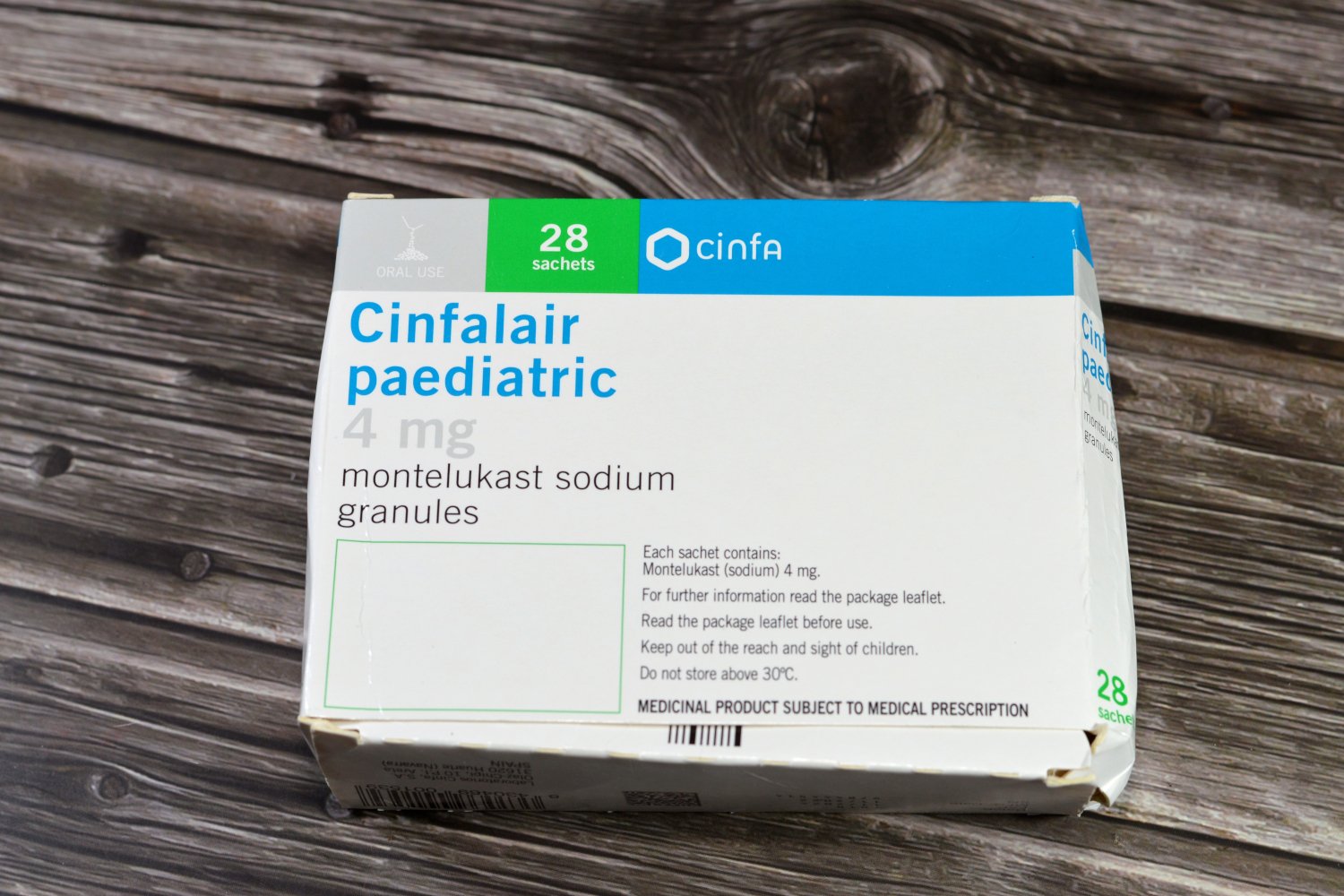A recent study reveals a significant portion of American adults are eligible for semaglutide, the active ingredient in popular weight-loss and diabetes medications Wegovy and Ozempic. This finding underscores the potential impact of these drugs on public health and pharmaceutical spending.
Researchers from Harvard and other institutions analyzed nationally representative survey data to estimate the reach of semaglutide therapy. Their findings, published in JAMA Cardiology, indicate that a staggering 136.8 million American adults, representing over half of the adult population, meet the criteria for semaglutide. While obesity is the primary driver for eligibility in most cases, approximately 30 million Americans could benefit from the drug to manage type 2 diabetes or mitigate cardiovascular disease risk – conditions significantly contributing to premature death and escalating healthcare costs.
GLP-1 receptor agonists, the drug class to which semaglutide belongs, have demonstrated superior efficacy in weight loss compared to traditional approaches like diet and exercise. While acknowledging potential side effects and varying individual responses, studies continue to validate the benefits of these medications in treating obesity and potentially other conditions, such as substance use disorders.
However, the high cost of GLP-1 drugs poses a significant barrier to access. Wegovy, specifically approved for obesity, carries an average list price of around $1,300 per month. Ozempic, primarily for diabetes but often prescribed off-label for weight loss, costs approximately $1,000 monthly. Limited insurance coverage, both public and private, exacerbates the affordability issue, fueling a concerning rise in the gray and black markets for cheaper, potentially unsafe compounded or counterfeit versions.
Surveys indicate that approximately 12% of Americans have recently received GLP-1 drug prescriptions, with 6% currently using them. This demand has propelled Novo Nordisk, the manufacturer of Wegovy and Ozempic, to generate over $50 billion in revenue this year. Yet, this figure pales in comparison to the vast number of eligible users identified by the JAMA study. Researchers highlight the financial struggles reported by many users, even with insurance coverage. High prices also strain public payers like Medicare, resulting in restrictive eligibility criteria. Medicare generally doesn’t cover obesity medications, but may cover GLP-1s for conditions like diabetes or heart disease. The researchers emphasize the urgent need for interventions to reduce economic barriers to access, given the reported financial difficulties faced by many GLP-1 users.
While not every eligible individual would necessarily benefit from or desire semaglutide, the considerable disparity between actual and potential GLP-1 users suggests missed opportunities for health improvement. A study published last October estimated that increased GLP-1 drug uptake could prevent 42,000 annual deaths in the U.S. attributed to obesity- or diabetes-related complications.
Lawmakers like Senator Bernie Sanders advocate for improved access to these medications, emphasizing the importance of cost reduction. He argues that the drugs’ potential remains unrealized for millions who cannot afford them. Addressing the affordability challenge is crucial to maximizing the public health benefits of semaglutide.











